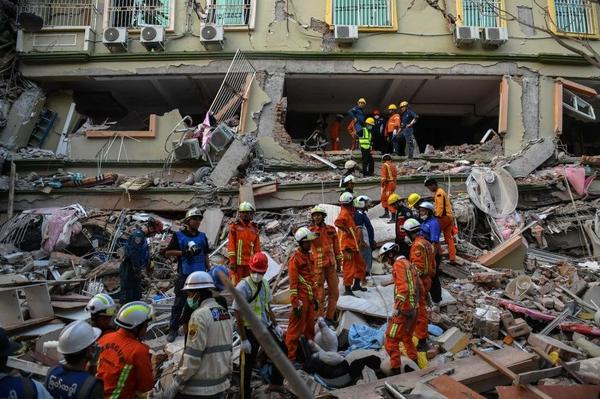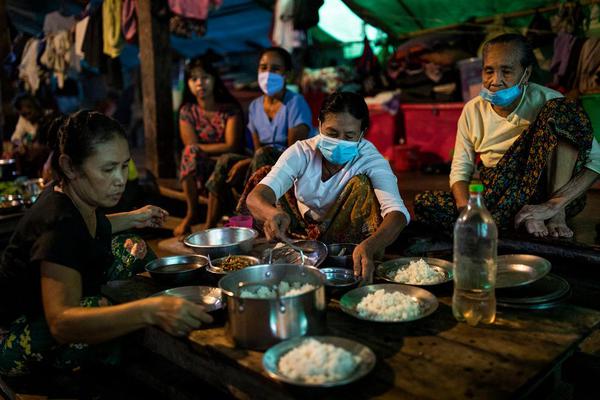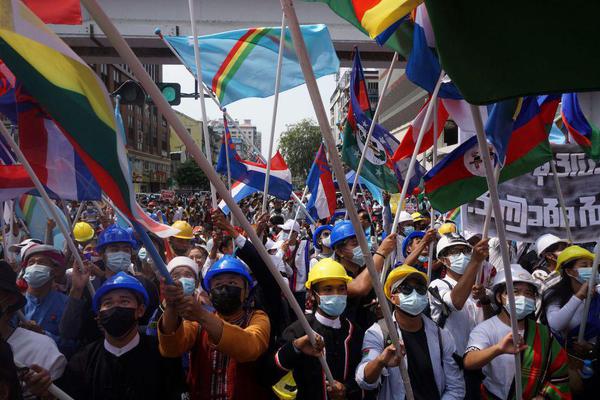
Myanmar’s Earthquake Exposes Political Fault Lines
In the hours after the deadly 7.7 magnitude earthquake, the streets of Mandalay and Sagaing—not far from the epicenter—resembled a war zone. Survivors clawed through debris to free loved ones, with virtually no sign of help from authorities. Myanmar’s capital, Naypyidaw, along with the Mandalay and Sagaing regions were the hardest hit. The death toll in Myanmar surpassed 3,600 people by April 7 and was still climbing as rescue efforts began winding down last week.


